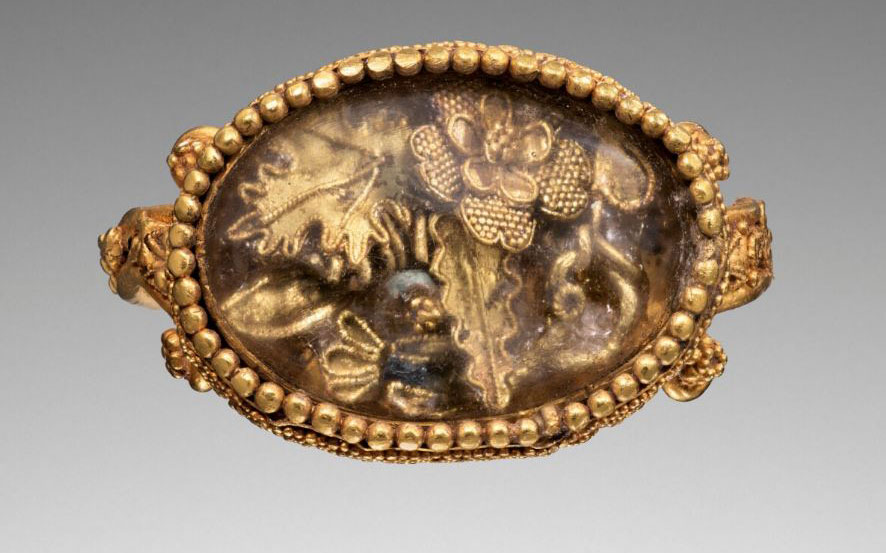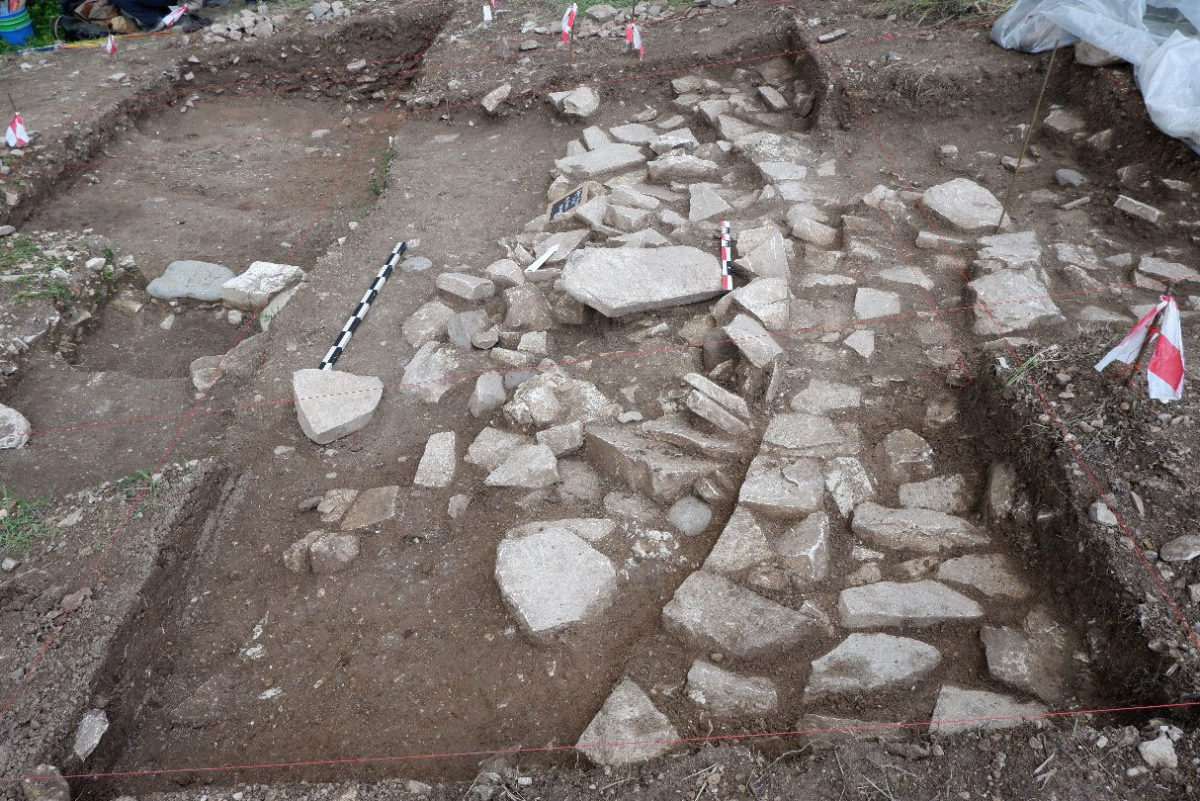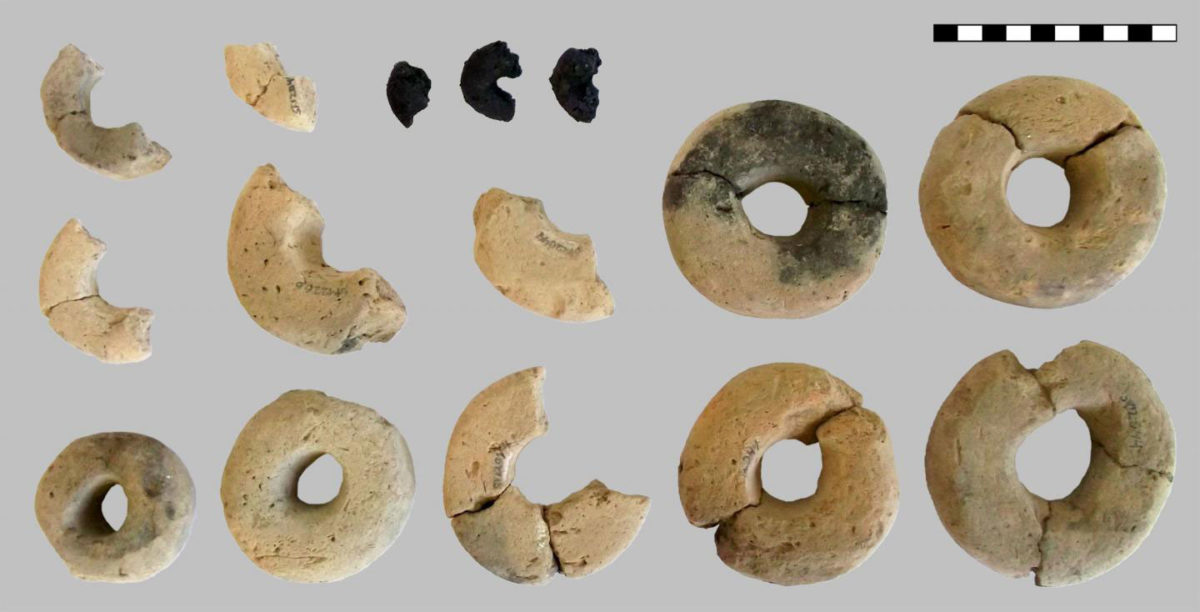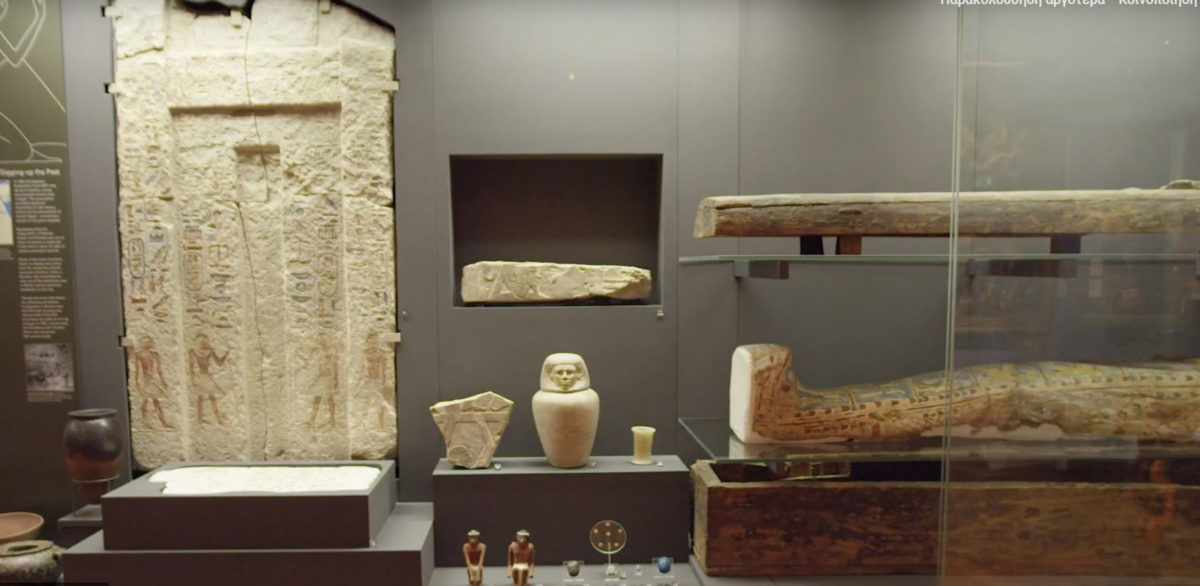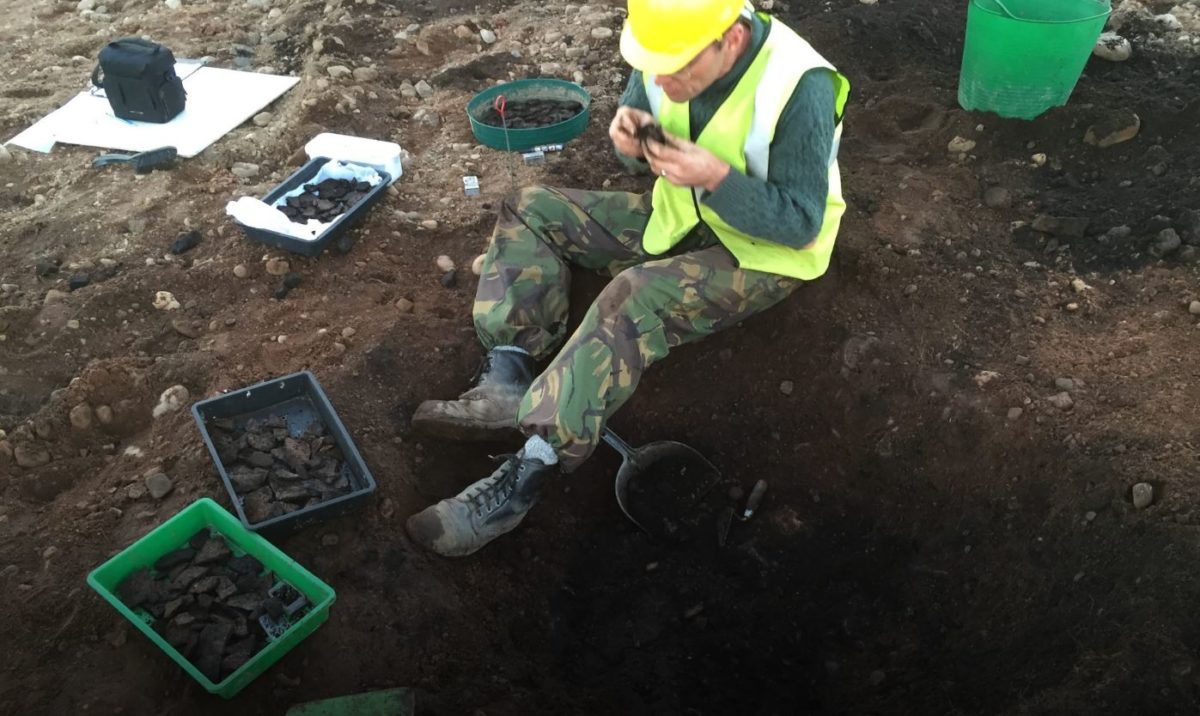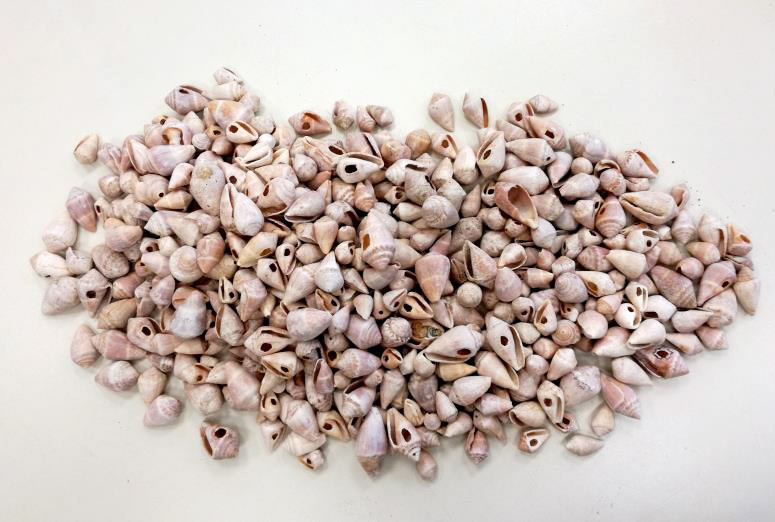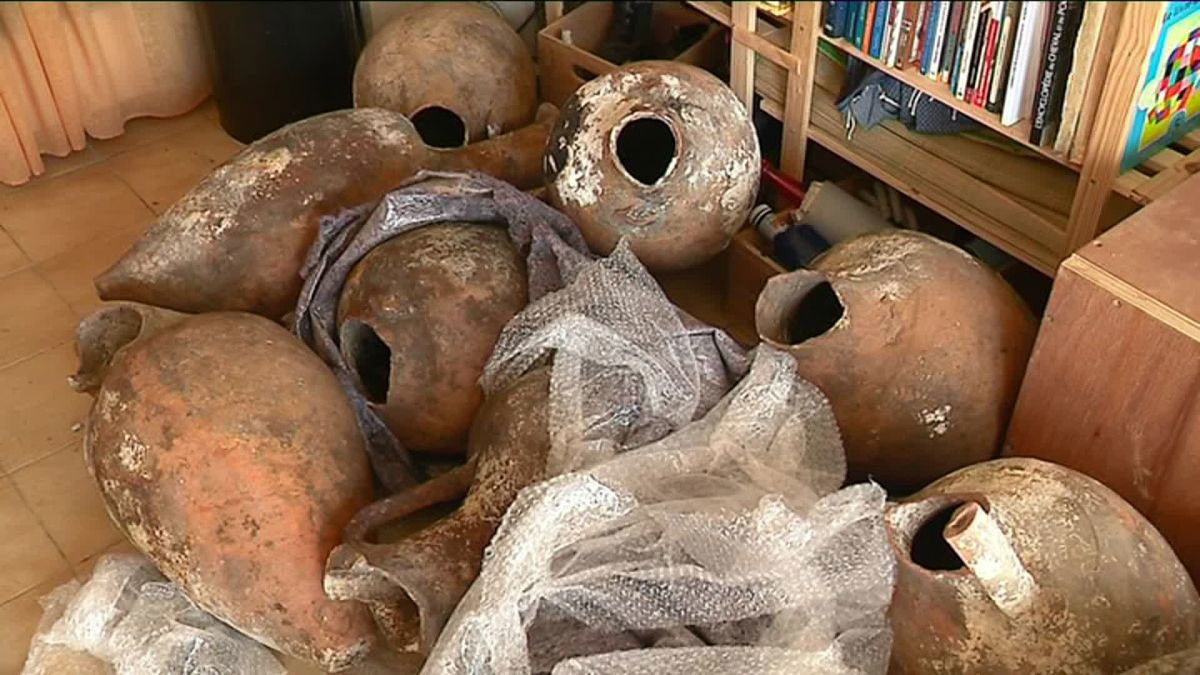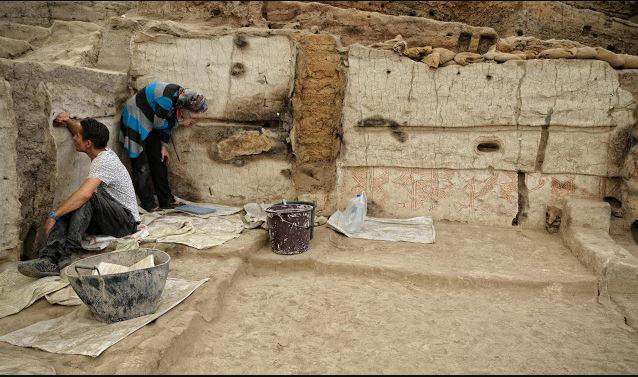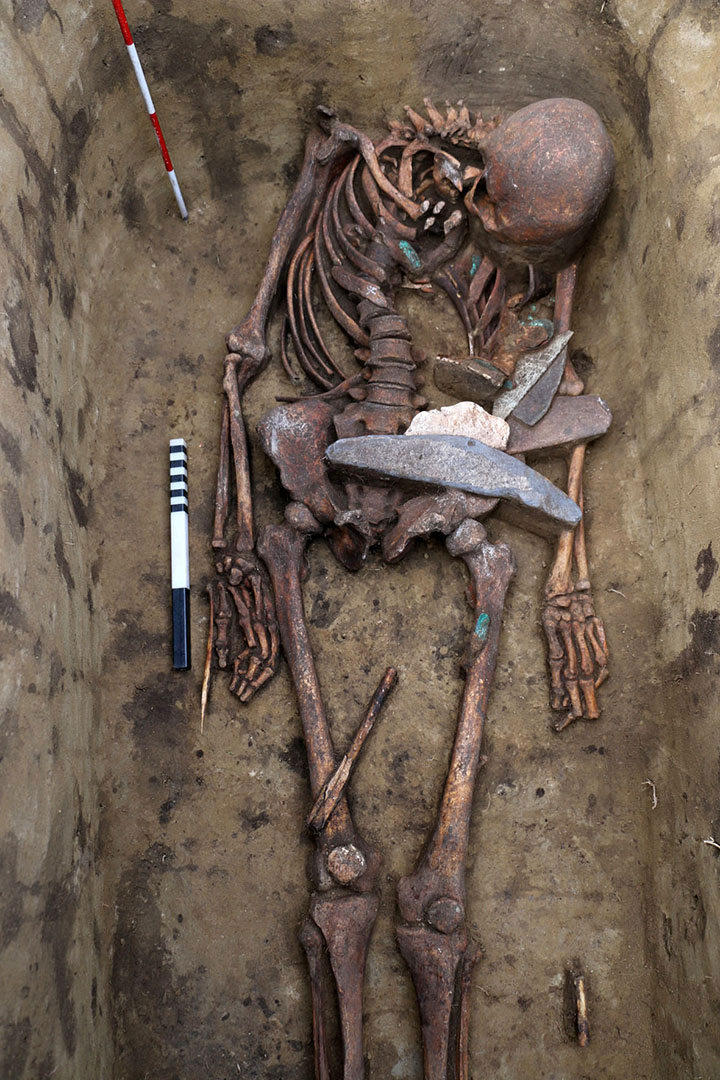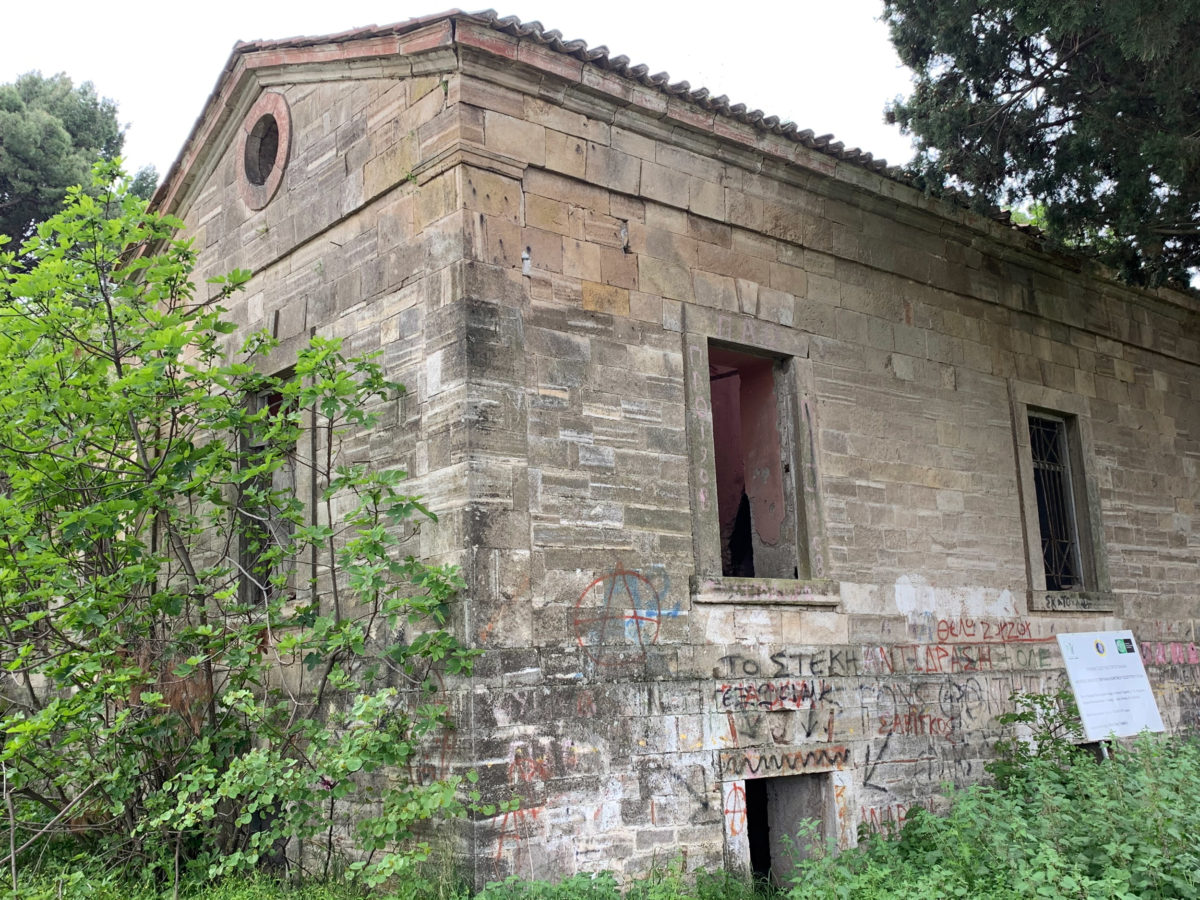Impressive circular building found in Cyprus
The results of the excavations at Agios Ioannis/Vretsia-Upper Rhoudias, pose new research question regarding Cypriot prehistory.
DNA from 31,000-year-old milk teeth leads to discovery of new group of ancient Siberians
Two children's milk teeth buried deep in a remote archaeological site in north eastern Siberia have revealed a previously unknown group of people lived there during the last Ice Age.
Da Vinci’s Benois Madonna is on display in Italy
Leonardo da Vinci's Benois Madonna is now back in Italy for a show after 35 years since it had last visited the country.
Hoard of the rings
Finding hints at unexpected diversity of cereal products for possible ritual purposes.
Fake news in the history of Rome
Other than lies and defamation, the Romans also used propaganda most successfully.
Discovering Ancient Egypt
A touring exhibition examining Scotland’s contribution to Egyptology through the lives of three remarkable people.
New evidence from earliest Neolithic colonisation of Scotland
Archaeological excavations at Kirkton of Fetteresso near Stonehaven in Aberdeenshire have revealed a palimpsest of human occupation and activity.
Rare chess piece was kept by a family for over 150 years
A medieval chess piece that was thought missing for over 150 years had been in a family's drawer.
An Extraordinary Find from Mycenae and Some Thoughts on Board Games in the Mycenaean Period
Mycenaean Seminar by Dr Vassiliki Pliatsika (National Archaeological Museum).
Book Review: La Nike di Samotracia tra Macedoni e Romani
Antonio Corso discusses Eugenio La Rocca's La Nike di Samotracia tra Macedoni e Romani.
The Uffizi Gallery is opening 14 new halls
The paintings are kept in the museum’s storerooms and about one third of them have not been exhibited to the public for several years.
Oldest flaked stone tools point to the repeated invention of stone tools
A new archaeological site discovered by an international and local team of scientists working in Ethiopia shows that the origins of stone tool production are older than 2.58 million years ago.
Ancient amphorae found off French shore
Marine archaeologists have discovered a group of 3rd century amphorae off the French shore, near the Bay of Cannes.
Aegeus Annual Meeting
During the meeting Donald Haggis will give a lecture about the prehistory and protohistory of the site of Azoria in eastern Crete”.
Research reveals the link between primate knuckles and hand use
Research has found differences between the knuckle joints of primates that will enable a better understanding of ancient human hand use.
Ancient feces reveal parasites in 8,000-year-old village of Çatalhöyük
Earliest archaeological evidence of intestinal parasitic worms in the ancient inhabitants of Turkey shows whipworm infected this population of prehistoric farmers.
Researchers in Siberia find extraordinary Bronze Age shaman burials
Archaeologists in southwestern Siberia have discovered two unique burials, one with a bird beak collar and one with a pair of spectacles.
Declining fertility rates may explain Neanderthal extinction
A new hypothesis for Neanderthal extinction supported by population modelling is put forward in a new study by Anna Degioanni from Aix Marseille Université, France and colleagues.
The Tombazis Mansion, a masterpiece of architecture at Kechries
If the walls of the damaged and looted mansion could speak, they would have a lot to say about this spot in a little known village which was the meeting place of many important families in the region.
Migrant child mural is indeed made by Banksy
Banksy has confirmed that the migrant child mural in Venice is indeed his.
33rd Biennial Conference of the Classical Association of South Africa
The Classical Association of South Africa (CASA) invites proposals for papers for its 33rd Biennial Conference, to be hosted by the Department of Ancient Studies at the University of Stellenbosch.
Latin and Ancient Greek Summer School
The University of Leicester offers intensive 2-week summer courses on Ancient Greek and Latin.
Conference Announcement: RICAN 9
The 9th Rethymnon International Conference on the Ancient Novel is to be held on 10-11 October 2019.
